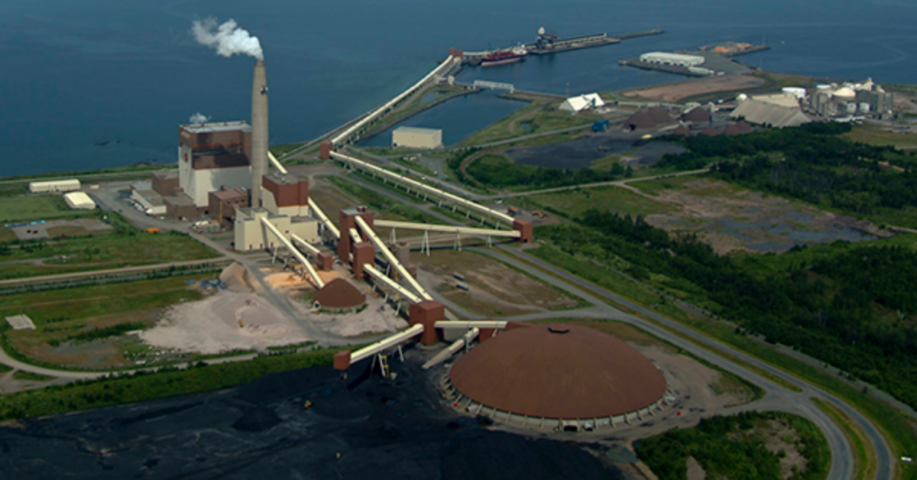Traditional territory of the Wabanaki Peoples/Fredericton — New Brunswick’s greenhouse gas emissions increased 700,000 tonnes from 2020 to 2021, a six per cent increase, due to increased emissions in the electricity sector, according to Environment and Climate Change Canada’s 2023 National Inventory Report 1990 – 2021: Greenhouse Gas Sources and Sinks in Canada.
New Brunswick’s planet-warming greenhouse gases increased from 11.2 million tonnes in 2020 to 11.9 million tonnes in 2021, the latest year for which data is available. A detailed break out of emissions across all economic sectors in the province shows that the entire increase in emissions is from the electricity sector.
“Burning fossil fuels to generate electricity must end,” says Louise Comeau, co-executive director at the Conservation Council. “Making money off planet-warming energy sources is unethical. It increases our carbon tax liability and puts our future at risk. The time is now to switch off the fossil plants in favour of renewable energy, storage, interties and efficiency.”
The 700,000-tonne increase from New Brunswick’s electricity sector represents an annual rise of 33 per cent, from 2.1 million tonnes in 2020 to 2.8 million tonnes in 2021. The increase was driven by increases in emissions at the Coleson Cove Generating Station (up 47 per cent, or 730,000 tonnes in 2020 to 1,070,000 in 2021), the Belledune Generating Station (up 22 per cent, or 1,140,000 tonnes to 1,390,000 tonnes), and the Bayside Generating Station (up 11 per cent, or 830,000 tonnes to 920,000 tonnes).
The Point Lepreau Generating station was largely operational in 2021, with three short-term outages in February, April and November, leading to a 7 per cent decline in megawatt hours of power production. Wind power production was down 21 per cent due to base cracks at Kent Hills. These outages increase reliance on New Brunswick’s fossil plants or on imports from Quebec or New England. According to Environment and Climate Change Canada, in 2021 electricity production at Belledune was up 23 per cent (1440 GWh in 2021, compared to 1140 GWh in 2020), up 15 per cent at Bayside (1580 GWh in 2021, compared to 1380 GWh in 2020), and up 34 per cent at Coleson Cove (940 GWh in 2021, compared to 700 GWh in 2020). Greenhouse gas intensity increased to 290 grams/carbon dioxide/kWh from 230 grams/carbon dioxide/kWh in 2020.
In 2021, NB Power also increased export sales which can contribute to increased use of the utility’s fossil fuel plants. NB Power’s 2021-2022 annual report shows a 52 per cent increase in export sales ($558 million in 2021-2022 from $369 million in 2020-2021), and a 35 per cent increase in gigawatt hours of production (6,175 GWh in 2021-2022 from 4,576 GWh in 2020-2021).
Emissions increases year-over-year are a concern even if long-term trends are still downward. New Brunswick’s greenhouse gas emissions are down 39 per cent from 2005 and 7 per cent from 2019. Similar trends to 2021 are expected for 2022, signalling the importance of controlling electricity sector emissions through actions like a federal clean electricity regulation.
As Earth Day (April 22) approaches, the Conservation Council calls for a clean electricity strategy that ensures New Brunswick has a reliable, sustainable and affordable electricity system with the right balance of in-province efficiency, wind, solar, hydro and storage, along with regional transmission interties like the Atlantic Loop.
To arrange an interview, contact:
Jon MacNeill, communications director, Conservation Council of New Brunswick, 506-238-3539 |jon.macneill@conservationcouncil.ca

